Looking Ahead: The Health and Fitness Trends That Will Dominate 2021

From online workouts to immunity, this is what’s going to be happening in the coming year – in the sphere of health and fitness, anyway. Beyond that, who knows?
Online Workouts
It’s not exactly a surprise that online workouts topped the American Council of Sports Medicine’s annual worldwide survey of fitness trends for 2021. But it would’ve been a big one 12 months ago, when online workouts languished at twenty-sixth in the previous year’s ACSM survey and didn’t register at all on Form’s own 2020 trend-ometer (oops).
Like a YouTube tutorial on yoga inversions, the pandemic has turned fitness on its head: group training, third in the ACSM’s 2020 chart, and second the two years before that, plummeted to seventeenth for 2021. The industry buzzword is “hybrid” or “omnichannel”: basically, bricks and mortar propped up by a robust digital offering. With gyms and studios operating at reduced capacity, if not closed completely, online workouts are here to stay for the foreseeable.
In Form’s own Covid-19 survey, conducted in April and May, 55 percent of respondents said they’d attend gyms less and work out at home more, while 43 percent said they’d take advantage of online services to do so. And even if restrictions ease, it’s likely that many of us will also adopt a “hybrid” model, interspersing IRL gym trips with online workouts at home – and not just for fear of infection either.
Online workouts have their limitations, but they also have their advantages: convenience, relative affordability and for those who found exercising alongside other people scary even before the pandemic, privacy.
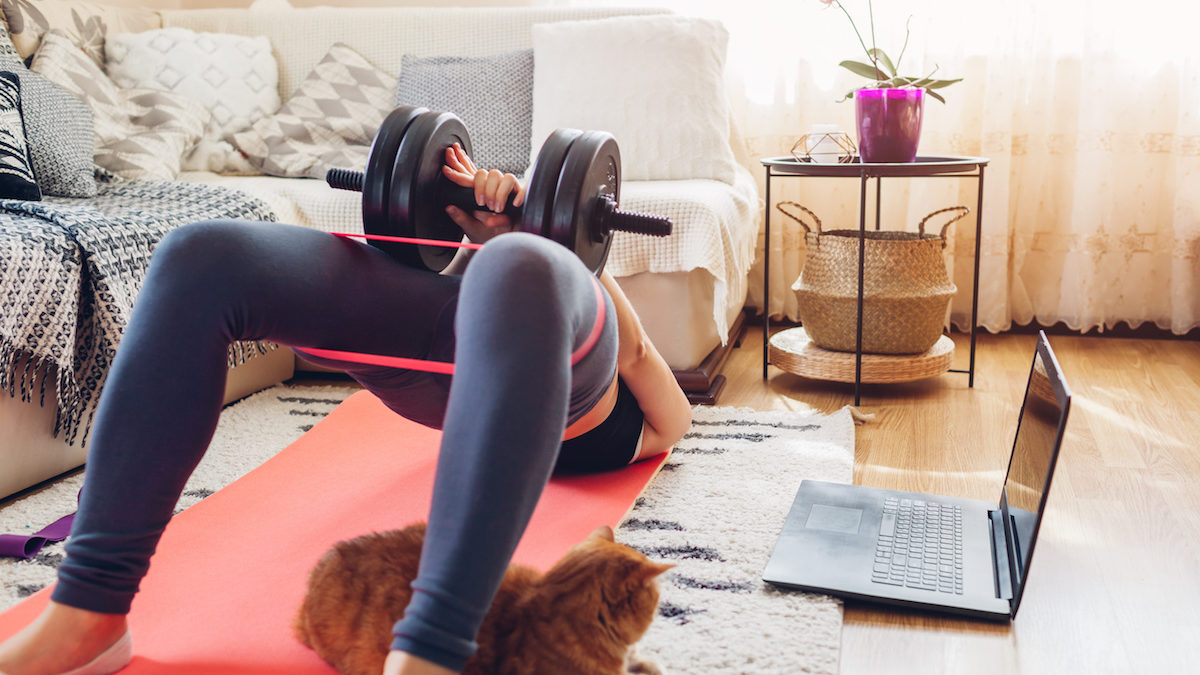
Outdoor Activities
Fourth in the ACSM’s 2021 survey, up from thirteenth in 2020, outdoor activities are another breakout fitness trend – again, no surprise given that we’ve been so cooped up, with daily exercise one of the few permitted excuses to leave our homes. And again, Form’s own Covid-19 survey reflected as much: 62 percent of correspondents said they planned to get out more after the first lockdown – a figure that’d probably be even higher now.
According to the journal The Lancet Respiratory Medicine, “The risk of infection is known to be much lower outside where ventilation is better.” One study showed Covid-19 to be almost 19 times more transmissible in an enclosed environment than an open one.
Conversely, your risk of contracting cabin fever is greatly reduced by exposure to (hopefully) fresh air, which delivers additional benefits such as elevated mood (especially if you’re somewhere green) and vitamin D (provided the sun is out).
Naming “outdoor fitness” as a trend, industry publication Health Club Management reports how those operators without their own open-air space have resourcefully commandeered nearby parks, even car parks for al fresco training.
Meanwhile, Equinox has opened “In The Wild” outdoor clubs in the urban jungles of Los Angeles and New York, with covered sections that put the “in tents” into “high-intensity interval training”.
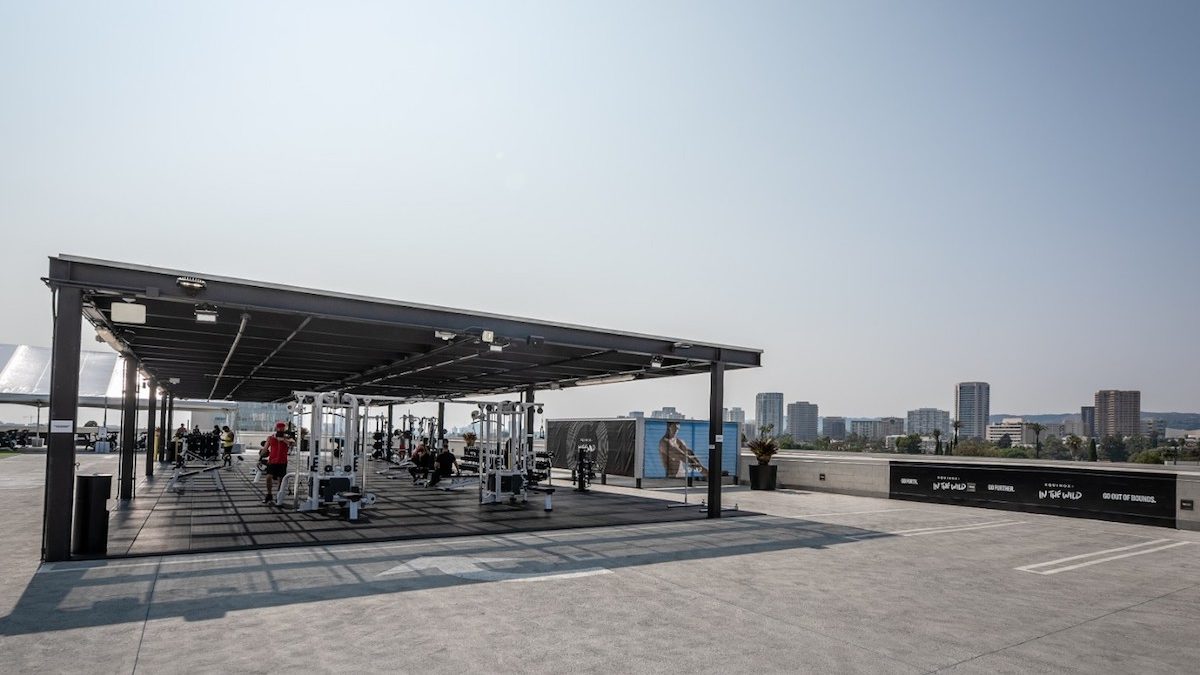
Credit: Equinox
Breathing
Thanks to the likes of breathwork and cold exposure guru Wim Hof – and the small matter of a respiratory disease pandemic, of course – the hitherto largely unthinking process of inhaling and exhaling is getting ever greater and more urgent attention.
“The Iceman” cometh out with a book, The Wim Hof Method: Activate Your Potential, Transcend Your Limits, published in September. As was Exhale: How To Use Breathwork To Find Calm, Supercharge Your Health And Perform At Your Best by Richie “The Breath Guy” Bostock (who also wrote an e-mail short course on breathing for Form), while Breath: The New Science Of A Lost Art by journalist James Nestor was published in July.
If you believe all of the hype, then breathing “well” (slowly, deeply, from your diaphragm, through your nose) or “badly” (quickly, shallowly, from your chest, through your mouth) impacts positively or negatively upon almost every aspect of wellbeing. And there’s some promising science.
But a little may have prematurely gone a long way, if not too far: Hof believes his Method can protect against the ravages of Covid-19, which hasn’t yet been proven to be true, and there’s no place for magical thinking when the threat is very real and deadly. There’s no arguing though that breathing, unlike most other so-called cure-alls, is fundamental to living – as the pandemic has so starkly reminded us.
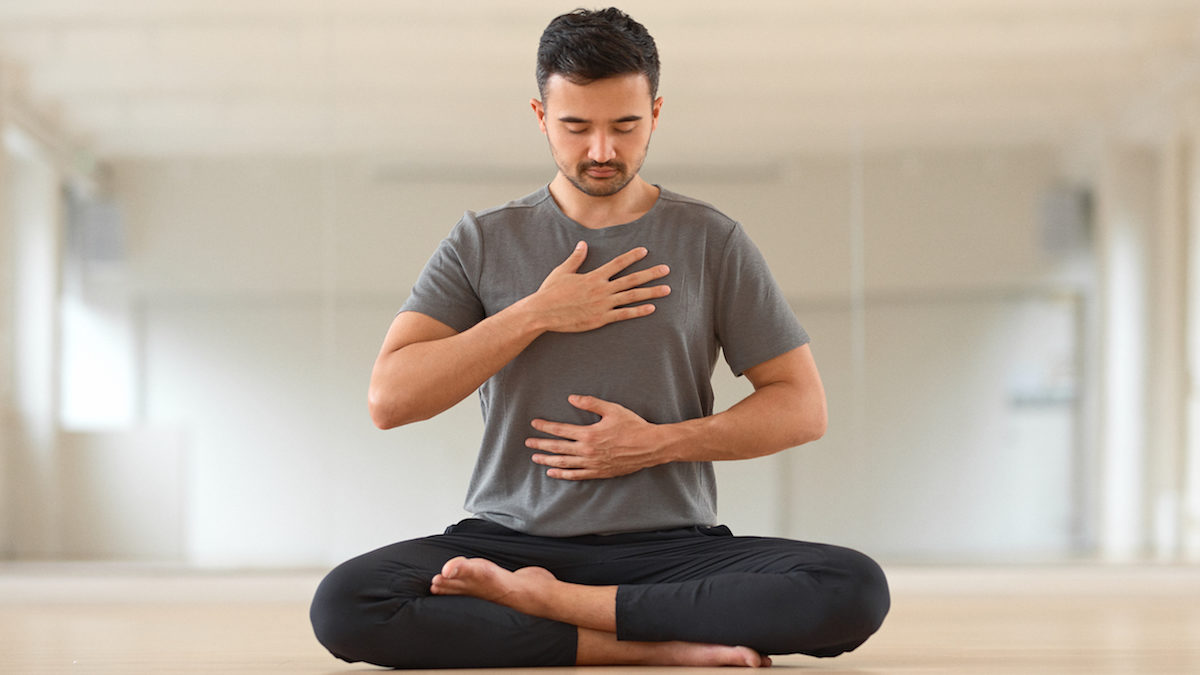
Credit: Richie Bostock
Mental Health
“Trend” isn’t the right word. But the pandemic has been devastating mental health-wise. Those with pre-existing problems have seen appointments cancelled and resources diverted, while many others have developed issues such as depression, anxiety, and PTSD. Lockdown “wasn’t all Zoom yoga and banana bread”, as NHS psychiatrist Dr. Max Pemberton writes about “The Other Pandemic” in the latest issue of Men’s Health. And it seems panic attacks are yet another of the grim legacies for virus sufferers.
As the extent of the psychological fallout from the pandemic becomes ever more apparent, there’ll be more conversation, and with any luck action, around mental health, often in the guise of “resilience”. That’s important, clearly.
But the emphasis on resilience can be insidious, shifting responsibility from those who should try to make things better, like governments and employers, onto the individual to just suck it up.
Practices like breathwork and meditation can help. But they can also foster passive acceptance when, as the activism of 2020 demonstrated, sometimes we should try to make things better too.
Other coping mechanisms will grow ever more sophisticated. Online teletherapy will proliferate, buoyed in the US by newly relaxed privacy laws and a wave of VC funding for “mental wellness” tech start-ups. And “emotion” or “mood” tracking will monitor how you use tech, from a change in the time of day or night you’re on it to the tone of your voice commands or even your typing speed, and red-flag that you might not be OK.
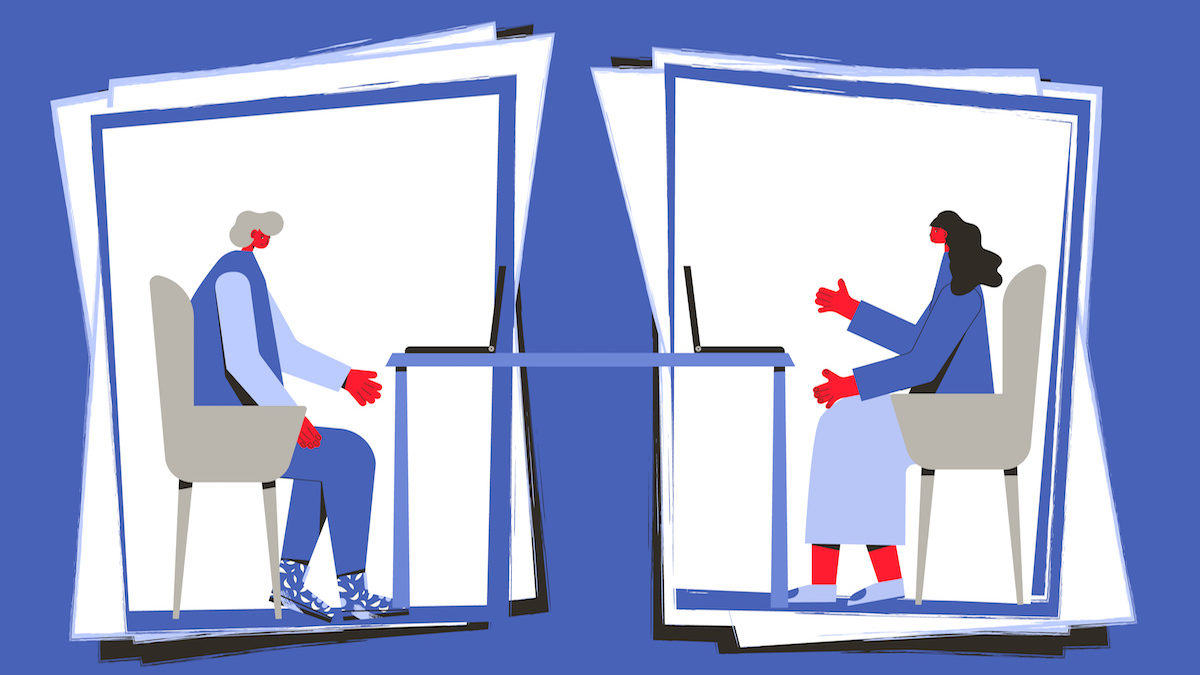
Immunity
Apropos of nothing in particular (kidding – it’s the pandemic again), there’ll be what business types euphemistically call an “opportunity” around immunity, “immune resilience”, “hormetic stress” (ie the positive kind) and, related but less instantly graspable or sexy, inflammation.
Expect an uplift in all things, from products to treatments, purporting to “boost immunity” – even though, as Harvard Medical School points out, “the ability to do so has proved elusive” and “actually makes little sense scientifically”.
Although there are no proven direct links between lifestyle, never mind a product or treatment, and immunity, there are generally healthy, decidedly unsexy things you can do to bolster your immune system, or at least not compromise it: exercise regularly, eat lots of fruit and vegetables, get enough sleep, minimise stress, not smoke, drink alcohol only in moderation and avoid infection by, say, washing your hands frequently. But none of those come in handy, consumable – both in terms of ingesting and purchasing – pill form.
Among other immunity-related things, The Global Wellness Institute predicts a focus on gut health and microbiome: your gastrointestinal tract houses 70-80 percent of your immune system. But much about its multifaceted, delicately balanced functioning is still not known.
One thing however that is known to boost immunity, in a much meaningful sense of the otherwise meaningless phrase? Vaccination.
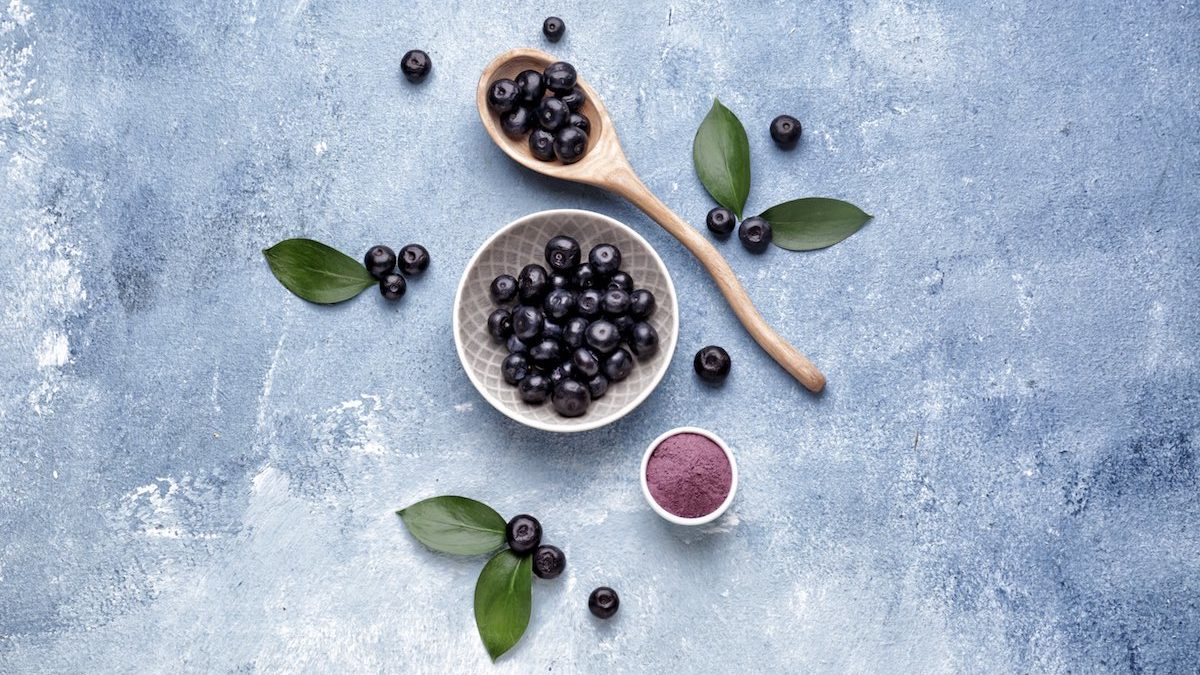
Four More Trends On The Horizon…
Haptic Health
Relieving stress and, er, bolstering immunity (unless you catch Covid-19), physical contact is a human need, and modern society was suffering “touch hunger” even before social distancing. Hence tech will make the “no-touch normal” increasingly frictionless – see automated dry hydromassage beds – and supply a simulacrum of what we so crave.
Haptic interfaces such as Fulu’s finger nail, which can replicate the feeling of fur or wind, and Magos’ glove, which can remotely operate a robot hand, will add an extra sensory dimension to video calls. Trend forecasting agency The Future Laboratory imagines therapists and instructors adjusting clients hands-free via augmented garments.

Credit: Fulu
Diversity
“Wellness” has for too long been synonymous with “whiteness”. In the wake of the Black Lives Matter protests, multinational fitness brand Les Mills set itself the target of black people, people of colour and women representing over 50 per cent of its senior leadership team, and black people and people of colour being a majority in its marketing campaigns and masterclass content.
Elsewhere, underserved groups will create their own solutions that better understand and cater to their particular needs, says Welltodo Global, such as mental health apps and teletherapy for black people. The GWI meanwhile cites new interest in African approaches from the wellness industry – and less cultural appropriation by it.
Fitness Track-and-Tracers
With mass testing a logistical migraine, wearables could be weapons against the spread. Launched in March and still underway, the Scripps Institute’s large-scale “Detect” study already indicates that tracker-monitored changes in heart rate, sleep, and activity, together with self-reported symptoms, can identify infection more reliably than relying on symptoms alone.
In June, the NBA added to basket 2,000 Oura rings, which West Virginia University found were 90 percent accurate at spotting Covid-19 three days before symptoms. And the PGA chipped in for 1,000 Whoop straps after one alerted unwittingly infected golfer Nick Watney to a big swing in his breathing rate while sleeping.
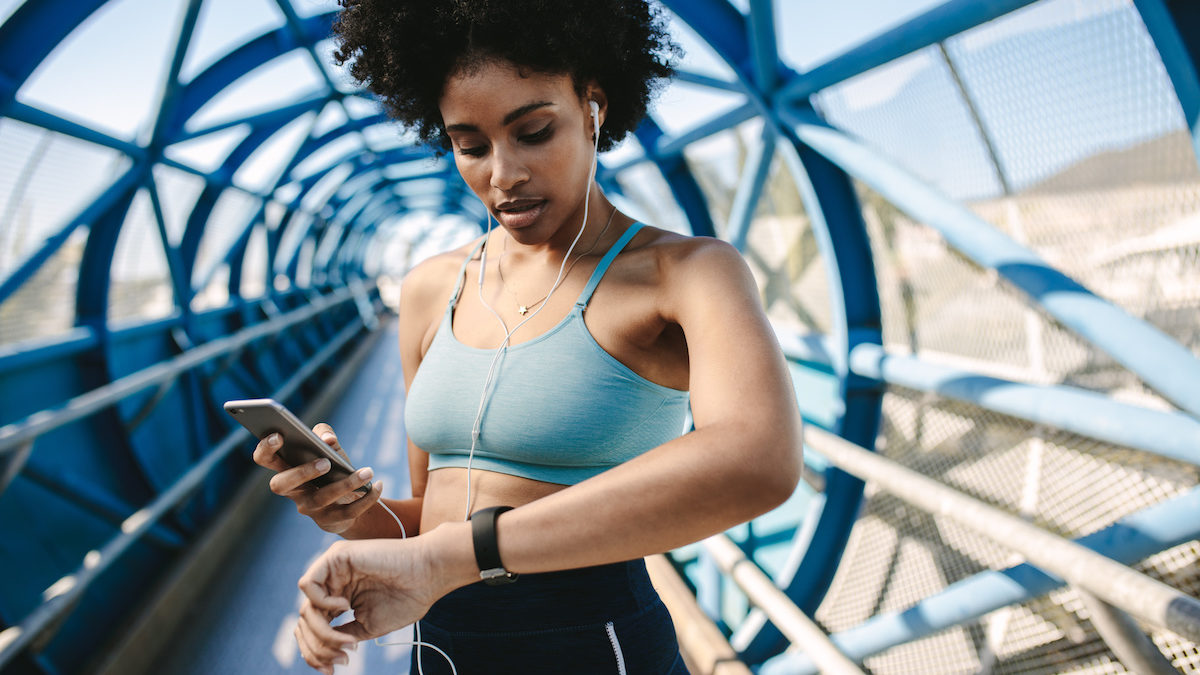
Phage Therapy
One more for the road? Here’s Form editor Richard Jones on his future trend to watch:
“Still largely unknown in the UK, phage therapy (PT) was beginning to command serious column inches in the US last year, not least in The New Yorker and Nicola Twilley’s fantastic investigation into this alternative way of treating bacterial infections. The treatment uses carefully cultured bacterial viruses (or phages) collected from all manner of dirty sources including coughed up phlegm and sewage water.
“Once applied (either orally, injected, or topically) the virus infects the bacteria causing your infection with its DNA, copying itself over and over until the virus breaks open the bacteria.
“Phage therapy research first gained steam in the early 20th century, until antibiotics became the standard treatment for bacterial infections with the invention of penicillin. PT was soon forgotten. In recent years, trust in antibiotics has started to fade though. New research has been non-existent, while the WHO estimates 10 million deaths per year could be caused by antibiotic resistance by 2050. Phage therapy then, while still needing further research, could be future generations answer to the antibiotic conundrum.”


















